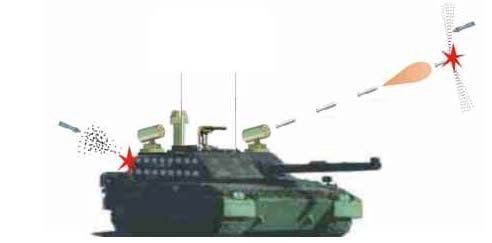Jon Hawkes on Twitter has a good thread about the challenges of replenishing 130/140mm tank gun rounds in the field. I think the idea of making the autoloader "magazines" modular and field-swappable might make sense. Reloading a tank could become more like reloading an MLRS launcher -- pop a door in the top armor, remove the empty mag, they reload a full one.
View: https://twitter.com/JonHawkes275/status/1542155388279218178
KF-51 is already approaching this idea, given the ability to swap a loader module with a loitering munition launcher module, and the fact that said LM module requires movable top armor panels to fire its payload.
Admittedly, this does add its own issues. What do you do if you have a partially empty loader module, frex? How do you recover/recycle the empty modules, since they are probably too complex to expend? Etc.




















